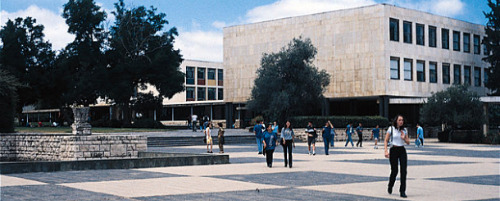A new treatment that destroys HIV-infected human cells without damaging healthy ones has been developed by a team of Israeli researchers.

The therapy, developed by scientists from the university’s Alexander Silberman Institute of Life Sciences and the
To date, no therapy has succeeded in completely destroying HIV-infected cells. Current treatments only delay the development of the disease and make it more manageable. If treatment is halted, however, or the virus develops immunity to the cocktail of drugs now used, it can begin infecting new cells.
The new treatment fights HIV by causing infected cells to self-destruct. When the AIDS virus infects a cell, its DNA penetrates the cell, which then manufactures new HIV viruses that infect neighboring cells.
Triggering the cell to self-destruct
Dr. Abraham Loyter of HUJ explains that with the treatment peptides, or segments of short proteins that the scientists developed, interfere with the HIV virus’s replication of its genetic material, by transmitting a massive number of replications of the genetic material into the infected cell, triggering its self-destruction.
“The usual medications kill the virus that has entered the body during infection, and the [peptide] treatment allows cells infected with the genetic load of the virus to be killed,” Loyter said in an article in
The study by Loyter, Prof. Assaf Friedler, Dr. Aviad Levin, and Dr. Zvi Hayouka, examined the effectiveness of the new treatment on the HIV-1 virus, which is the predominant cause of AIDS in developing nations.
When the treatment, which was patented earlier this year, was applied to human cell cultures, the infected human cells disappeared in two weeks, and did not reappear up to two weeks later.
Animal and clinical trials ahead
Yissum, the HU technology transfer body, is seeking a commercial partner to continue developing the treatment through animal and clinical trials.
An estimated 33.4 million people worldwide are carriers of HIV, while in the US alone, it is estimated that more than one million people are living with HIV, while another half a million have died of AIDS. In
The current breakthrough joins other new therapies being developed to fight AIDS, such as a US-funded study in












